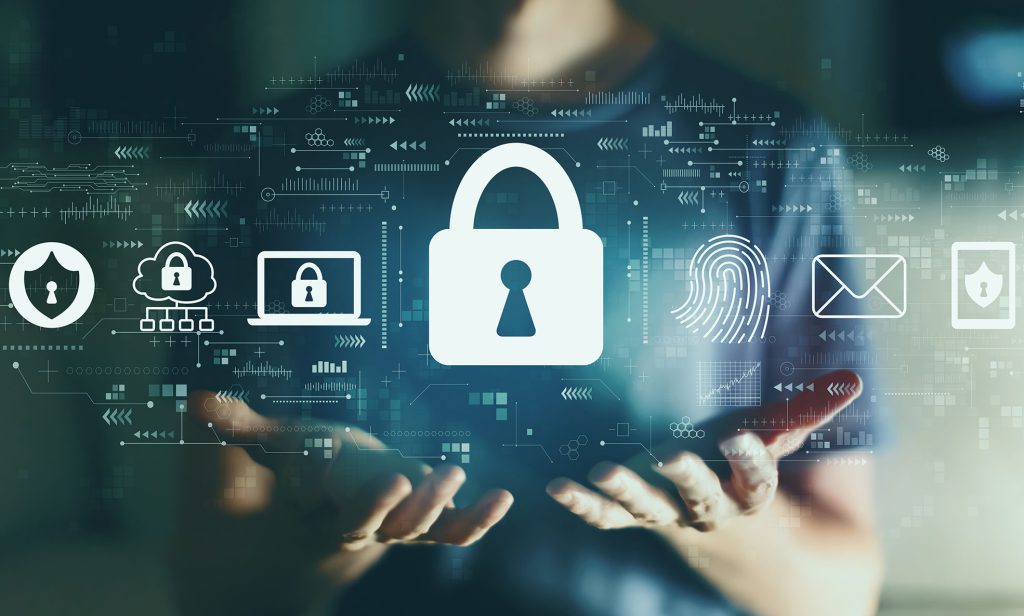From personal documents to financial records and private notes, we want to ensure that our data is secure and protected from unauthorized Access. Protecting sensitive documents from prying eyes is crucial for maintaining privacy and preventing identity theft or fraud.
Methods to keep sensitive documents safe
Online notes with encryption – The secure way to store sensitive information is by using online note-taking applications with encryption. End-to-end encryption ensures that your notes are scrambled and can only be decrypted by authorized users, even if they are intercepted during transmission or stored on servers. Look for note-taking apps that provide this level of security.
Password protection – Adding an extra layer of security with passwords or passphrases significantly enhances the protection of your sensitive documents. Use strong, unique passwords for each document or notes online, and consider using a password manager to generate and store complex passwords securely. Avoid writing passwords down, especially in easily accessible places.
Secure cloud storage – Instead of storing sensitive documents on your local device, opt for secure cloud storage solutions. Reputable cloud storage providers offer robust security measures, including encryption, to protect your files. Look for providers that provide client-side encryption, ensuring your data is encrypted before leaving your device.
Local encryption – If you prefer to keep sensitive documents on your computer or external hard drive, use local encryption software to protect them. This way, even if someone gains physical Access to your device, they will need the correct password or decryption key to access the encrypted files.
Redact and anonymize – When sharing or storing sensitive documents, consider redacting or anonymizing personal information that is unnecessary for the document’s purpose. Remove names, addresses, dates of birth, or other identifying details that could be used for identity theft or fraud.
Secure transmission – When sending sensitive documents via email or messaging apps, ensure the transmission is secure. Look for email services that offer end-to-end encryption, and consider using encrypted messaging apps for sensitive conversations. Avoid sending sensitive information over insecure channels, as third parties could intercept it.
Physical document security – Invest in a high-quality safe or lockable filing cabinet to store them securely for physical documents. Limit Access to the keys or combination, and consider installing an alarm system or motion sensors to deter unauthorized individuals from attempting to access your records.
Regular review and disposal – Review your sensitive documents to determine if they are still necessary. If not, dispose of them securely. This may involve shredding or using a document destruction service for physical documents. For digital files, use secure deletion methods that overwrite the data multiple times, making it virtually impossible to recover.
Back-up important documents – While keeping sensitive documents secure is crucial, ensuring you don’t lose Access to them due to device failure or data corruption is also essential. Back up your important documents to multiple secure locations, such as external hard drives or trusted cloud storage solutions.
Use trusted software – Only use trusted and reputable software to create, view, and edit sensitive documents. Some malicious software, like keyloggers or spyware, capture your keystrokes or screen activity, compromising sensitive information. Keep your software up to date to patch security vulnerabilities.






